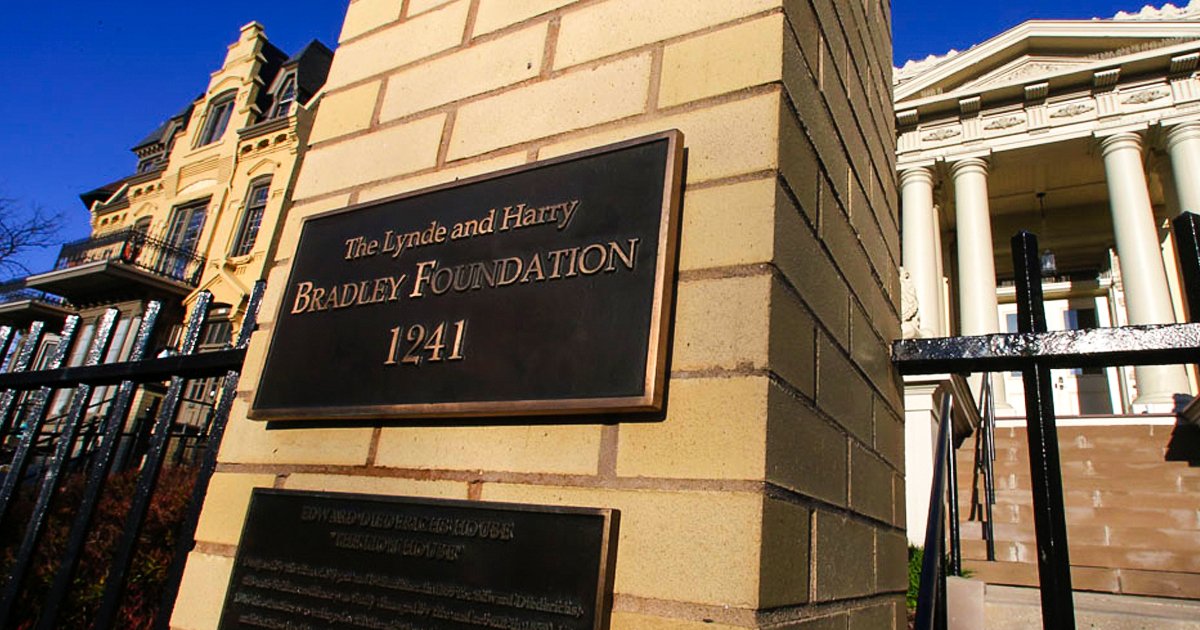An entire Texas town was evacuated yesterday after a Chevron drilling crew punctured a gas pipeline near a drilling rig, triggering an explosion. The explosion occurred at about 9:30 am CST in north Texas near Milford, according to the Associated Press.
The Ellis Country Sheriff’s Office reported that a Chevron drilling crew punctured a 14-inch line and prompted a 1 ½-mile evacuation zone. The pipeline caught fire while the crew was drilling. Flames were seen shooting into the air and a thick column of smoke could be seen from 20 miles away.
As of 9:56 pm CST, Milford residents were still waiting to return home, according to local news FOX 4.
Another 14-inch pipeline that runs a few feet from the punctured line is still flowing because stopping the flow would increase the risk of a secondary explosion, Reuters reports. No injuries were reported.
Just two weeks ago, a pipeline near the town of Smithville, Texas spilled 17,000 gallons of crude oil, impacting a rural area and two livestock ponds. The pipeline is owned by Koch Pipeline Company, a subsidiary of Koch Industries.
Pipeline disasters have been cropping up across the country. Last month, in North Dakota, the public was informed of a major oil spill that had been kept a secret for nearly two weeks by the state’s Health Department. The spill emanated from a 20-year-old pipeline that did not have a pressure monitoring and automatic shutdown device.
As US oil and natural gas production grows, companies are in need of more pipelines to transport their products. An analysis by the Center for Biological Diversity, America’s Dangerous Pipelines, “reveals a troubling history of spills, contamination, injuries and deaths.”
According to data from the federal Pipeline and Hazardous Materials Safety Administration, here have been about 8,000 “significant incidents” since 1986, resulting in more than 500 deaths, more than 2,300 injuries, and about $7 billion in damage. Pipeline accidents have spilled an average of 76,000 barrels per year during the last 27 years.
Despite several recent pipeline incidents, Congress members last month held a hearing for a bipartisan build to speed up the permitting process for oil and natural gas pipelines, ThinkProgress reports.
The House Energy and Commerce Committee proposes to take the president’s permitting authority and give that authority to three other agencies: the Secretary of Commerce for oil pipelines, the Federal Energy Regulatory Commission (FERC) for natural gas pipelines, and the Secretary of Energy – a proponent of hydraulic fracturing and nuclear energy – for transmission facilities.
HR 3301 or the North American Energy Infrastructure Act, sponsored by Rep. Fred Upton (R-MI), would also shorten the permitting approval process to no longer than 120 days.
At the hearing last month, Jeff Wright, Director of the Office of Energy Projects at FERC, said that the 120-day deadline for approval would not allow enough time for important agency consultation or public interaction. The permitting process includes multiple phases of review including an environmental review that is carried out by federal, state, and local agencies as well as other interested parties. Wright said FERC has already streamlined the extensive process.
“The premise of the Upton bill is that tar sands pipelines should be approved quickly with no federal environmental review, no public comment, and no consideration of important factors like climate change – or even safety,” Rep. Henry Waxman (D-CA) said at the hearing.
“It really should be called the ‘Zombie Pipeline Act.’ Under this bill, even if the Administration rejects KXL because it is not in public interest, KXL can rise from the grave and reapply. It would then be rubberstamped under the new process,” he added.
Alisha is a writer and researcher with Ring of Fire. Follow her on Twitter @childoftheearth.


